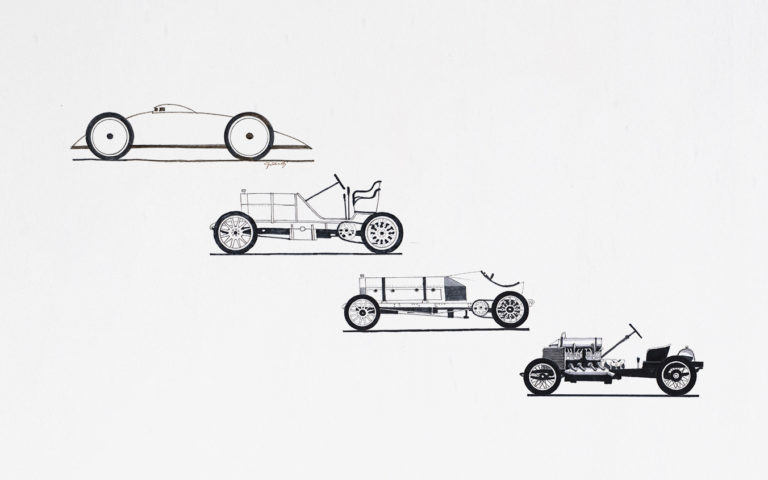The speed Record Story - Petrol, Steam or electric? The long race to 200
18 April 2021 3 min read 7 images

At the beginning of the 1900s, from the curiosity that stemmed from a rapidly-changing world, the automobile began to turn into an interesting business for those entering the new market of mobility. Manufacturers were still unsure as to which engine solution was more suitable for this task: the electric motor was simple, economical and avoided those tedious start-up issues but it was also heavy and its very limited range counted against it; steam engines were efficient but complex to manage while the internal combustion engines had yet to make the most of the energy potential of gasoline and, moreover, you had to crank start them.
Register to unlock this article
Signing up is free and gives you access to hundreds of articles and additional benefits. See what’s included in your free membership. See what's included in your free membership.
Already have an account? Log In